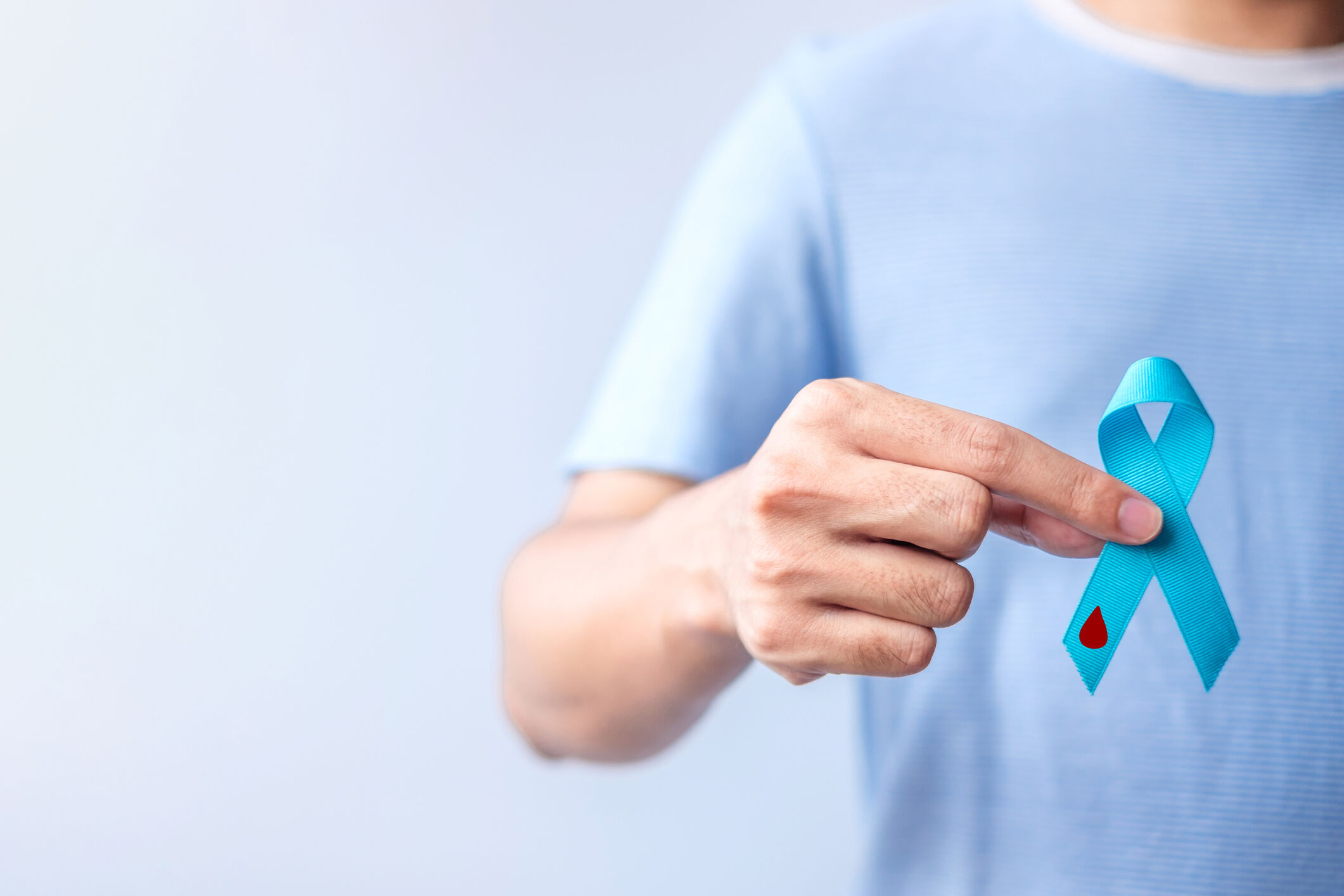D.C.-area medical professionals are raising the awareness of prediabetes, which 1 in 3 Americans have, and many of them may not even know it.
According to the CDC, one in three Americans have prediabetes, and many of them may not even know it.
In D.C. alone, more than 160,000 people suffer from the disease, according to the American Diabetes Association.
The same report also said that, of those at risk — but not fully diabetic yet — as many as 80% might not be aware of the symptoms and conditions of prediabetes and they don’t go to the doctor until it’s too late.
This is why medical professionals in the D.C. area are raising awareness of prediabetes, what you need to know and how you can change course. It’s especially timely with the month of November being National Diabetes Awareness month.
“Prediabetes is essentially a cautionary signal to your body,” said Dr. Kwame Akoto, a Maryland-based family medicine specialist with Kaiser Permanente. “Your blood sugar level is elevated, but it has not yet crossed the diabetic thresholds.”
Akoto said the symptoms can mimic other illnesses, and can include, but aren’t entirely limited to, certain telltale signs.
“If you start noticing any unusual symptoms: fatigue, headaches, urinating frequently, excessive thirst, you should make an appointment with your medical provider,” he said. “Especially if you are predisposed to diabetes.”
Akoto said being overweight and inactive are two of the biggest contributors to prediabetes.
“As we see our weight increase, so does our risk factor of developing these illnesses,” he said.
But there’s also genetics. And that’s a story Lloyd Bailey knows all too well.
Back in 2017, Bailey said he saw Akoto because he noticed these same symptoms. He was worried because he came from a family of diabetics.
“I wasn’t myself,” he told WTOP. “And I’m so thankful I decided to go to the doctor when I did.”
Through blood work, he found out he was prediabetic, and successfully reversed course before it become Type 2 diabetes.
“It really came down to lifestyle changes,” Lloyd said. “What are you doing now that you could change for the better?”
“Dr. Akoto helped coach me through, but ultimately, my health was my responsibility,” he added.
Akoto said changing what you eat and your level of activity are two things that can help reverse prediabetic conditions.
“Make sure you are exercising around an average of 150 minutes a week,” the doctor said. “But you can break that up however you like.”
Akoto and Bailey said acting fast is also key.
“Diabetes is in my bloodline,” Bailey reflected. “But it doesn’t mean it has to be my story. My advice … I would say: get yourself checked out.”
Denial of responsibility! My Droll is an automatic aggregator of Global media. In each content, the hyperlink to the primary source is specified. All trademarks belong to their rightful owners, and all materials to their authors. For any complaint, please reach us at – [email protected]. We will take necessary action within 24 hours.


